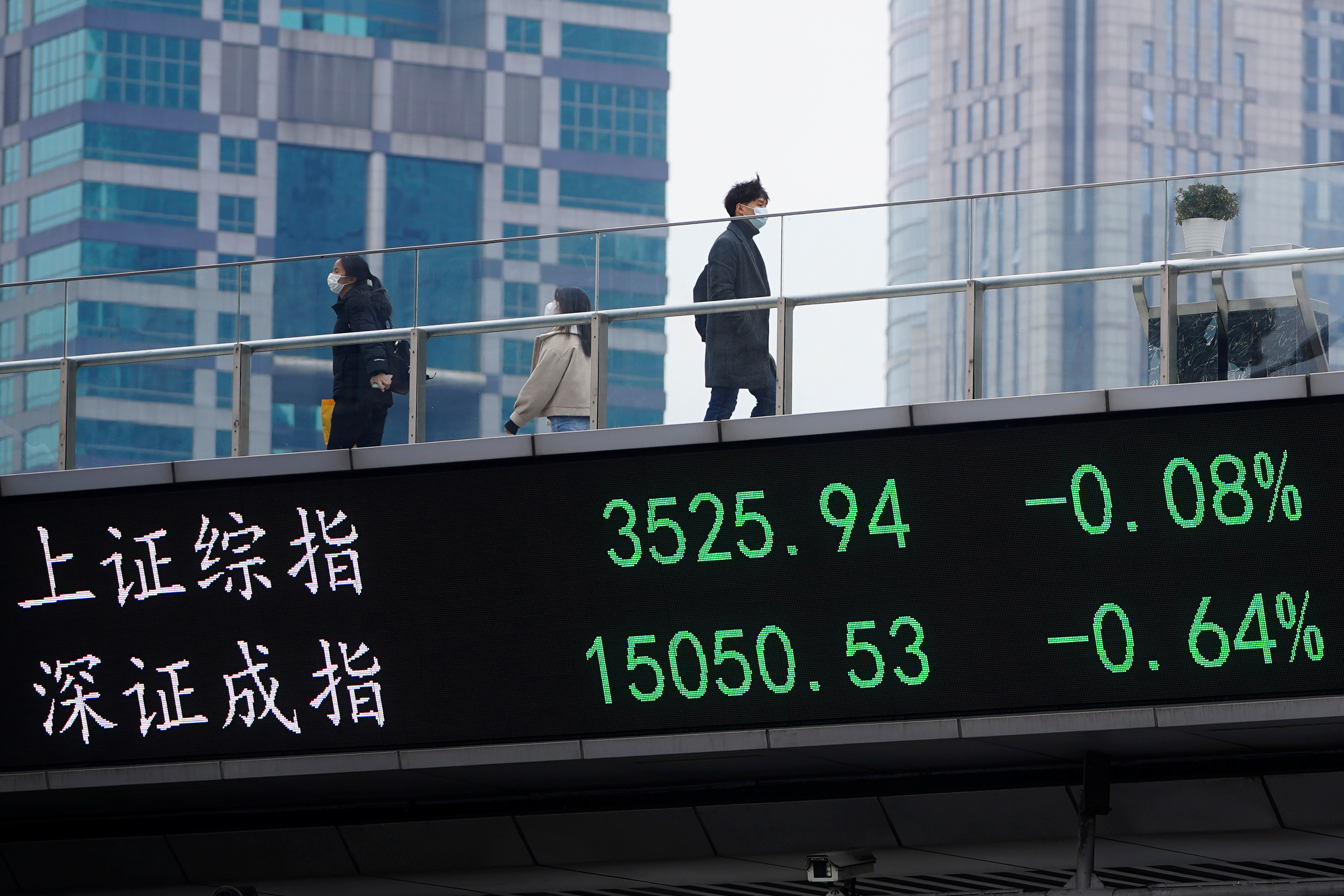(ATF) If I might be forgiven a not entirely inaccurate generalisation, 12 months ago, when the Dow Jones plunged to 18,214, there were no bulls in the market. Today, the Dow Jones (at 32,628) trades just below a life-time high of 33,228, and now it seems there are no bears in the market.
While WTI crude ($61.44) has retreated a wee bit from a 12-month high of $67.76, the wide-eyed wonder of last year when crude futures went into a discount seems to have been erased from the common memory. There was great lamentation about chances of Indian GDP growth contracting by 20% in 2020, and now no one bats an eyelid when there are proclamations of +12% growth in 2021.
From anxiety about deflation a year ago, the markets are now petrified of inflation and are pushing yields higher across the globe.
In this overall bullish, risk-on sentiment, here are a few things you might want to consider:
- The Chinese PMI (50.9) has been falling from 54.90 since Nov-20 and might dip into contraction zone below 50 in the next couple of months. Strangely, this seems to have missed the headlines;
- US Housing Starts (1.42 million for Feb-21) have come off sharply from 1.67 million in Dec-20 and are likely to fall further to 1.3 million;
- US Retail Sales year-on-year growth (+9.55% in Feb-21) is likely to come down towards +2% in the coming months as monthly sales stall below $525 billion for a while;
- The US manufacturing PMI (60.8 in Feb-21) has limited room for further expansion as it is coming close to the highest levels it has seen since April 1996.
Signs of a slowdown?
Looking at India, the Feb-21 Trade Deficit (-$21.61 billion) has narrowed from -$15.44 billion in Dec-20 because the February imports, including crude imports, have come down to $40.54 billion from $42.59 billion in Dec-20, despite the rise in crude prices.
This clearly says that non-crude imports have fallen sharply, implying a slowdown in growth. Indeed, the Feb-21 Index of Industrial Production has been a big disappointment at -1.6%.
We would like to be very careful about committing to fresh longs in the red-hot global commodity markets. The fall in Chinese PMI can act as a dampener for Comex Copper (4.104), which, anyway, has limited room on the upside to 4.65, its all-time high in Feb-2011. Aluminium Futures on the London Metal Exchange (2275) might run out of buyers near 2300 and might fall towards 2150, maybe lower. Note that crude has already started to cool down with Brent crude ($64.53) down from over $71.38 10 days ago. We see scant chances of a rise past $77-80 and rather prefer a fall towards $55 over the next few months. As crude comes off, inflation expectations in the USA may also be tempered down and global growth expectations might also moderate a bit, all leading to a moderation in yields.
Similarly, given that economic variables suggest a slowdown and the commodity markets have limited upside, the global equity markets could well see a sideways consolidation (at the least) or a corrective dip intended to scare away weak longs and enabling long-term buyers to come in again. How the long corrective dip might last and how deep it might be is the question. One has to be particularly careful about the Dow Jones, for a failure to rise past 33,000 could lead to a dip to 31,000 by June. From there one cannot rule out chances of a further fall towards 27,500 also by September. Such a fall to 27,500, if seen, would be a much more rewarding place to put in fresh money into the market.
Indian equities seem to have entered into a sideways consolidation already within which the Sensex (49,575) could trade between 52,000 on the upside and 46,000 on the downside for some months. In China, the Shanghai Index (3,425) could be in danger of falling towards 3,200 and lower, if it fails to remain above 3,400.
To put it simply, the impending slowdown, which is already causing equity markets in India and China to go in for a consolidation (at the least), might soon show up in the Dow Jones as well, and also in industrial metals and crude.
That said, I would refrain from being alarmist and paint a doomsday scenario. The anticipated consolidation or dip in equities over the next three or six months might be part of a process of normalisation after the sharp fall seen 12 months ago due to the Covid outbreak and then the astonishingly sharp recovery across the world due to concerted central bank action.
A fall of the proportions of 2020 and 2008 would require some negative news of the proportion of the Covid pandemic or the Great Financial Crisis. It is unlikely that such a massive catastrophe will come so soon again on the heels of the Covid crisis that world grappled with in 2020 and is still grappling with in 2021.
In short, a bit of slowdown in the global economy, resulting in a bit of a shakedown in the global commodity and equity markets over the next three months, maybe six months, is something to be prepared and planned for.
# Vikram Murarka is chief currency strategist at Kshitij Consultancy Services
He can be reached at [email protected] and is on Twitter: @VikramMurarka
See: www.kshitij.com
























